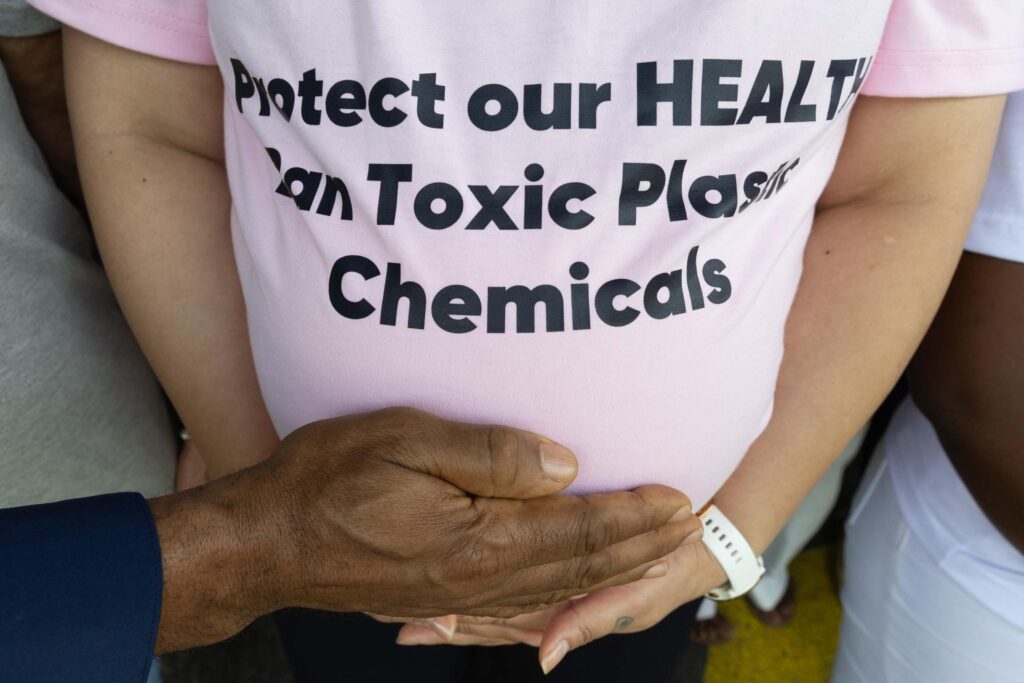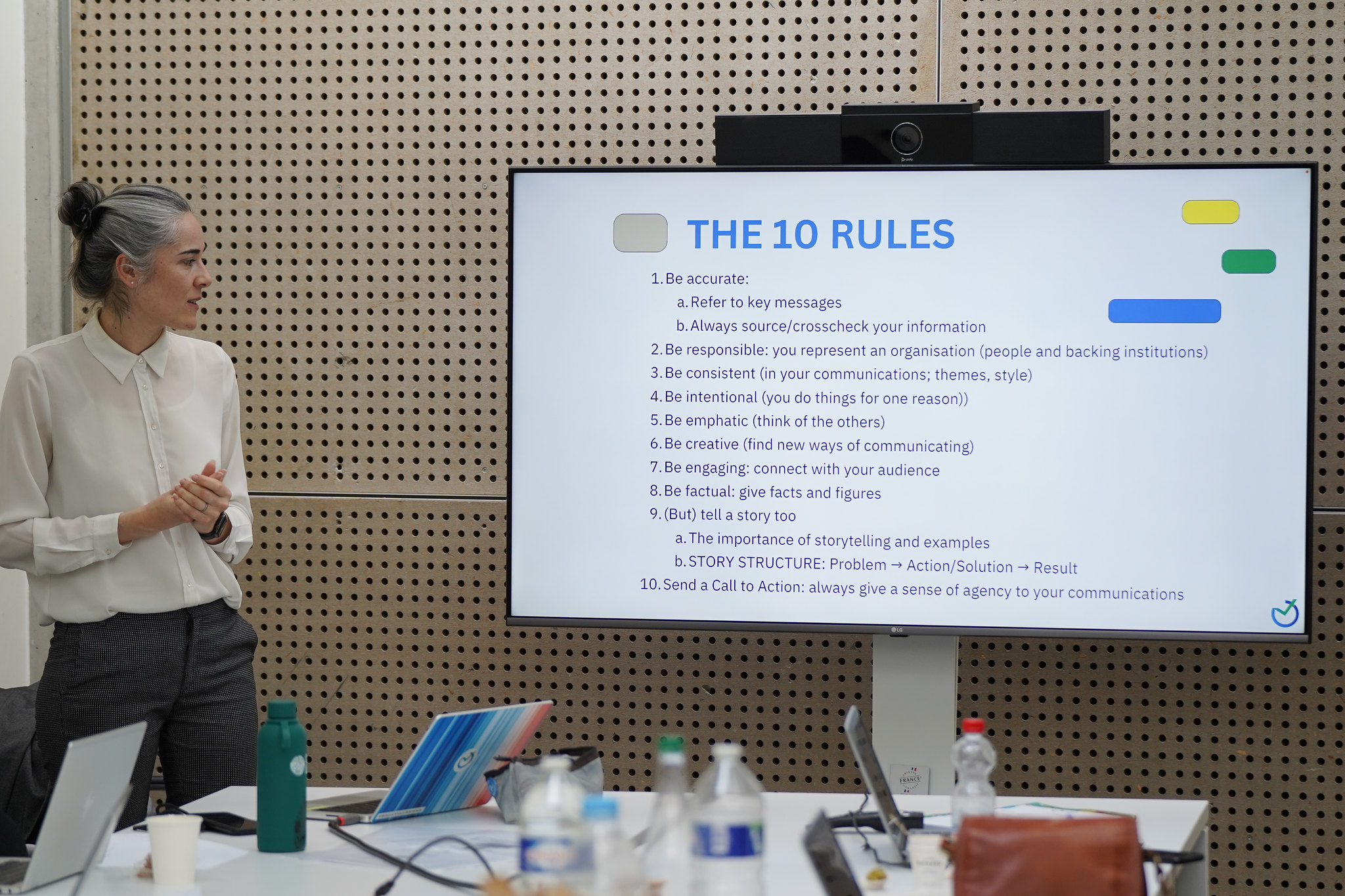Geneva: a historic lost opportunity
This August, the United Nations in Geneva could have been the stage for a historic breakthrough: the adoption of a global, legally binding treaty to end plastic pollution. After five negotiation rounds since 2022, the Geneva meeting was expected to lay the foundation for an international treaty covering the entire life cycle of plastics, from production to waste management. But after 11 days of negotiations among nations, the conference ended without agreement, mainly due to the resistance from oil-producing countries (synthetic plastic is produced with petrol oil).
Negotiations will continue at a new UN conference in the near future, with date and venue to be decided.
What was the treaty supposed to achieve?
- Set limits on global plastic production
- Ban harmful chemicals used in plastic manufacturing
- Hold companies accountable for the waste they generate
- Promote circular and sustainable design worldwide
Why did negotiations fail?
The differences between countries proved irreconcilable. While the European Union, Canada, and several island states pushed for an ambitious, binding treaty, powers such as the United States, Saudi Arabia, and Russia opposed any restrictions on plastic production.
The underlying reason is clear: plastics remain a multi-billion-dollar business, closely tied to the oil and petrochemical industries. For producing countries, accepting restrictive measures would undermine strategic economic interests. That is why they favored voluntary actions and better waste management instead of reducing production.
The summit’s chair even presented two draft texts, but both were rejected. Talks ended without a new date to resume negotiations.
This is a “blow to multilateralism”, some NGOs said after the meeting and some delegates are calling on moving on towards a global treaty without the participation of petrostates, which would leave aside the traditional consensus-based approach to the adoption of multilateral agreements.
Meanwhile, plastic pollution keeps advancing
Here are some key figures which show the magnitude of the plastic pollution problem:
- More than 430 million tons of plastic are produced annually worldwide, and less than 10% is effectively recycled (UN).
- An estimated 11 million tons of plastics enter the oceans each year. If trends continue, this could triple by 2040 (UNEP).
- Microplastics are now found in the air, drinking water, and even human blood. Studies estimate that each person ingests the equivalent of a credit card’s worth of plastic every week.
- The economic cost of plastic pollution is estimated at 600 billion dollars annually, including health impacts, biodiversity loss, and cleanup expenses (OECD).
With figures like these, the delay in concluding a global plastic treaty becomes even more alarming since it is not just about safeguarding our environment but our own human health.

What now?
The deadlock in Geneva means that:
- Manufacturers can continue producing unlimited amounts of plastic
- Toxic chemicals remain unregulated globally
- Vulnerable communities bear the heaviest burden
- The problem is once again passed on to future generations
But all is not lost. The failure at the multilateral level highlights the importance of local and sectoral action. Some cities are banning single-use plastics at events; many brands are switching to reusable packaging; designers and startups are creating circular products that last for years. And every person can contribute by reducing consumption, supporting sustainable businesses, and pressing governments for stronger action.
Change starts without waiting for treaties
A global treaty remains necessary, but we cannot sit idly by waiting for it. Plastic pollution grows every day, and every step toward reduction counts.
With the last round of negotiations failing and a new date for new talks still pending, public pressure continues to be critical. The public and civil society organisations will continue to pressure governments to go back to the negotiations table with the will to reach a real agreement.
Don’t miss updates like this: visit our news section, follow us on social media, and subscribe to our newsletter to receive the latest insights.





